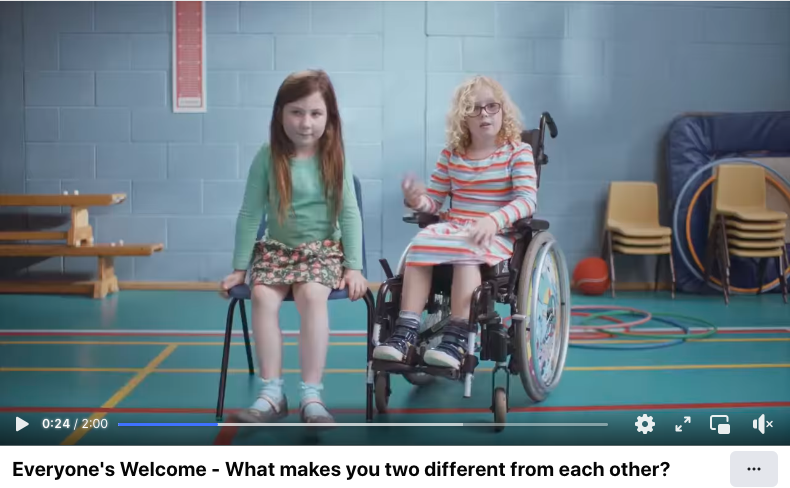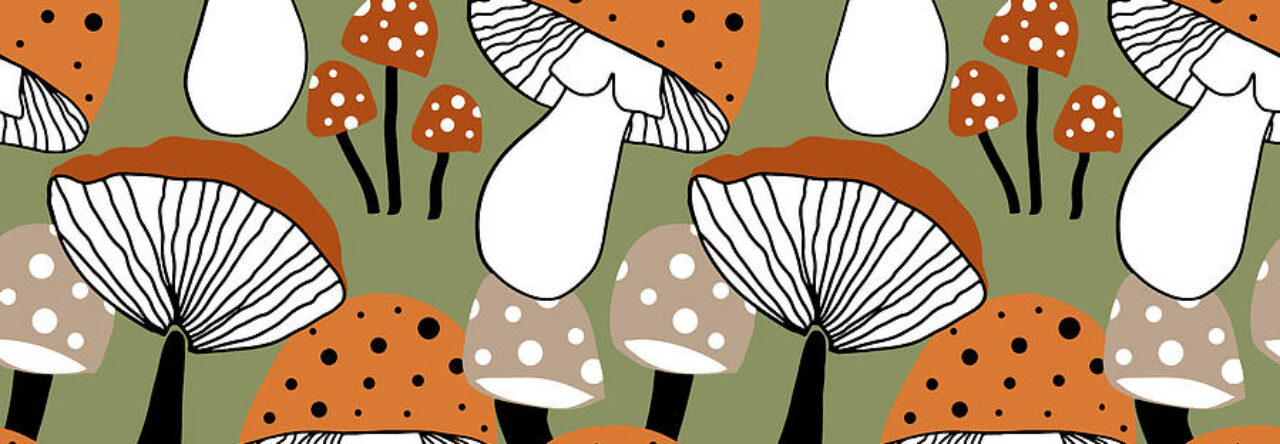For this week’s blog post, I’ll be reflecting on some important topics: the benefits of a diverse Personal Learning Network (PLN), creating an inclusive PLN, the dynamics of different social media platforms, and the challenges of maintaining inclusivity in digital spaces. As a Gen-Z middle school teacher who’s passionate about making learning fun and accessible for all, these themes are close to my heart.
Diverse PLN Benefits
Having a diverse PLN has been a game-changer for my personal and professional growth. Interacting with educators from different backgrounds and teaching styles has opened my eyes to new strategies and perspectives. For example, I recently connected with a teacher from a rural school who shared innovative ways to incorporate local culture into lessons. This inspired me to look for ways to include my students’ diverse backgrounds in our classroom activities. Diverse voices in my PLN help me grow and learn as a teacher. Through this, I can ensure that I’m providing my students with a rich, inclusive learning experience where they can see themselves represented.
Creating an Inclusive PLN
To ensure my PLN includes a variety of perspectives, I take intentional steps. First, I actively seek out educators from different cultural, socioeconomic, and educational backgrounds on platforms like Instagram and TikTok. I follow hashtags related to diversity and inclusivity in education to find and connect with new voices. I especially like to follow Indigenous trailblazers and leaders who are making positive changes in our community here in Victoria, and sharing traditional Indigenous practices that I can show to my students in order to emphasize the First Peoples Principles of Learning. Additionally, I make a conscious effort to engage in conversations with educators in my school district who have different viewpoints, even if they challenge my own. This openness to diverse perspectives enriches my learning and helps me stay progressive in my teaching practices.
Social Media Dynamics
Each social media platform has its own unique features and culture, which definitely affects how I interact with others in my PLN. On Twitter, I find quick, insightful exchanges and a wealth of resources through hashtags and Twitter chats. It’s fast-paced and perfect for sharing and discovering new ideas. LinkedIn, on the other hand, feels more formal and is great for networking and deeper professional discussions. Instagram allows me to share a more personal side of my teaching journey through photos and stories, which helps build a sense of community. Each platform offers different ways to connect and learn, so I tailor my interactions accordingly.
Challenges of Inclusivity in Digital Spaces
Building an inclusive PLN isn’t without its challenges. One difficulty I’ve faced is ensuring that my network truly represents a wide range of voices. Sometimes, despite my efforts, I find my PLN becoming an echo chamber of similar perspectives. That’s why I like to look up to other educators like Shelley Moore, whose work on inclusivity in education is incredibly inspiring. She emphasizes the importance of seeing diversity as a strength and creating spaces where all students can thrive. This perspective encourages me to keep pushing for inclusivity in my own PLN. I enjoyed reading her work titled One Without the Other : Stories of Unity Through Diversity and Inclusion, where she brings to light that “Inclusion is not just about students with special needs.” (Moore, 2016). If there is one takeaway that is going to stick with me from that piece of writing, it is that quote. I can’t tell you how many times I’ve had an EA, Principal, or Inclusive Ed teacher implement a new strategy for a student in my class with an IEP, then go on to realize that that same strategy works to help ALL the students in my class, so I implement it for them too. That nugget of wisdom has opened my eyes to the truth that is what helps one will often help all.
I’d like to end off with this sweet little video that showcases the special kind of magic that is childhood friendships. These children are interviewed about what makes them different from their friend(s), and the results are priceless. Just goes to show that we are all human beings who share a lot of the same needs, desires and dreams.


Leave a Reply